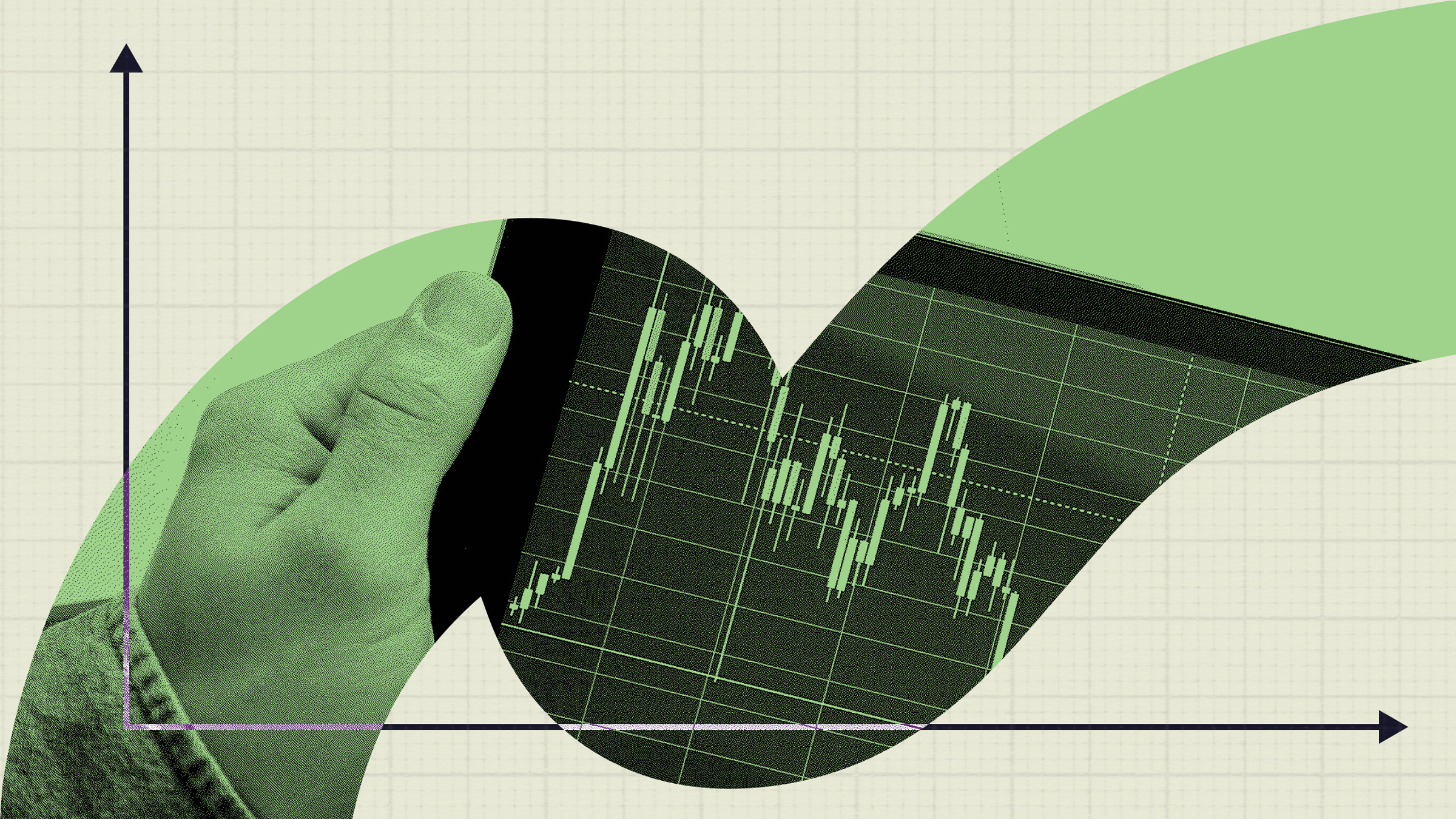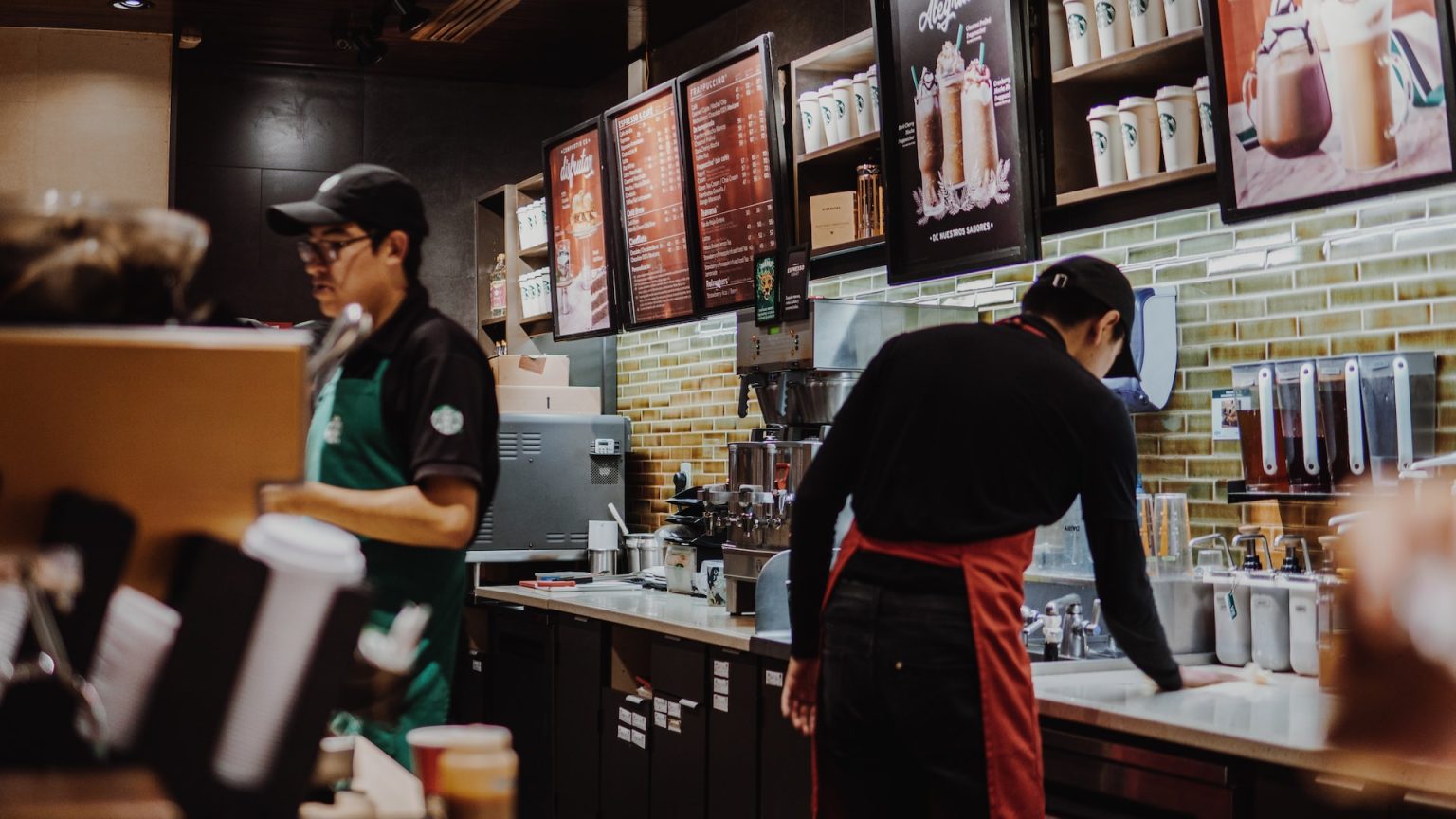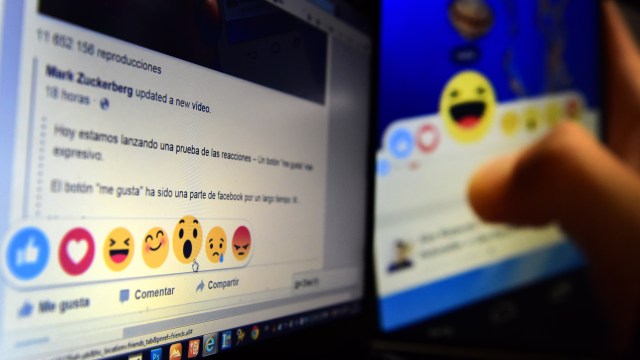A Finger-Lickin’ Good Christmas, and a Well-Examined New Year

We just celebrated the most wonderful time of year, when many families gather in their homes to see what a smiling, jolly man with a white beard brought them. Was it toys? Coal? Flatscreen TVs?
Or deep fried chicken in the Southern tradition with a secret blend of 11 herbs and spices?
For families in Japan, the holiday is still occasion to gather round the table and break bread, but the bread is buttermilk biscuits and the old man providing the treats is named Colonel Sanders, not Santa Claus. Kentucky Fried Chicken is the way the vast majority of Japanese families ring in Yuletide cheer.
In one of the strangest instances of marketing and holiday traditions coming together, Japan’s Christmas celebrants have been queueing up for the Kentucky Christmas dinner package at KFCs across the country since 1970. Back then, Takeshi Okawara, the manager of Japan’s first KFC, noticed a hole in the market: there was no national tradition for Christmas.
He started offering a Party Barrel around the holidays, which eventually evolved into the nation-wide “Kentucky for Christmas” campaign, the positive effects of which are still being felt today. Mr. Okawara served as the CEO of KFC Japan for 18 years, and the holiday season currently brings in a third of the chain’s annual sales.
While incorporating the holidays into a brand’s marketing efforts is nothing new, there’s been a recent effort to take it a step further by incorporating branded traditions into holidays and other cultural moments.
This year, Burger King’s Whopper Exchange encouraged people to bring in unwanted Christmas gifts in exchange for a free burger the day after Christmas, with all the gifts being donated to an unspecified charity. How long until Boxing Day burgers become a tradition?
REI made waves last year when they took the Black Friday occasion to close their doors and encourage people to make a new holiday tradition in the great outdoors with family. This year, they’re at it again and have been joined by the likes of the National Parks Foundation and Outdoor Research.
While the traditional smoldering yule log has long since been replaced by hours-long videos of roaring fireplaces on Netflix and YouTube, Lagavulin took it up another notch last year with Nick Offerman’s ‘Yule Log’. For 45 uninterrupted minutes, Mr. Offerman sits and silently drinks Lagavulin next to a roaring fire, and I can’t tell you how many holiday parties I’ve been at that have featured this stoic masterpiece in the background. Lagavulin doubled down this year with Nick Offerman’s ‘New Years Eve’, clearly aiming to further cement its place in holiday celebrations.
And of course, we have Coca-Cola to thank for the single most prevalent aspect of modern Christmas holiday traditions: Santa Claus himself. While old St. Nick has existed in various forms over the centuries, the plump, rosy-cheeked version we know today sky-rocketed to world renown primarily because of a wildly successful Coke campaign from the 1920s. (However, contrary to popular belief, this version of Santa was not created by the soda company, only popularized by it.)
Does marketing exploit wholesome cultural traditions, or are cultural traditions just another form of marketing? Perhaps it depends on how one defines “marketing.” Culture has always been subjective, of course, but the act of convincing someone to change their behavior in a way that benefits another has existed since cave paintings. When that behavior invokes nostalgia and strengthens relationships, it’s tradition — but when it involves a purchasing decision, it’s called “marketing.”
As we head into a new year and collectively examine our own behaviors and how we might change them, it may do us all well to consider not only what we’re doing, but who it is that wants us to do it and why they care so much.
A very happy — and examined — new year to you all.





